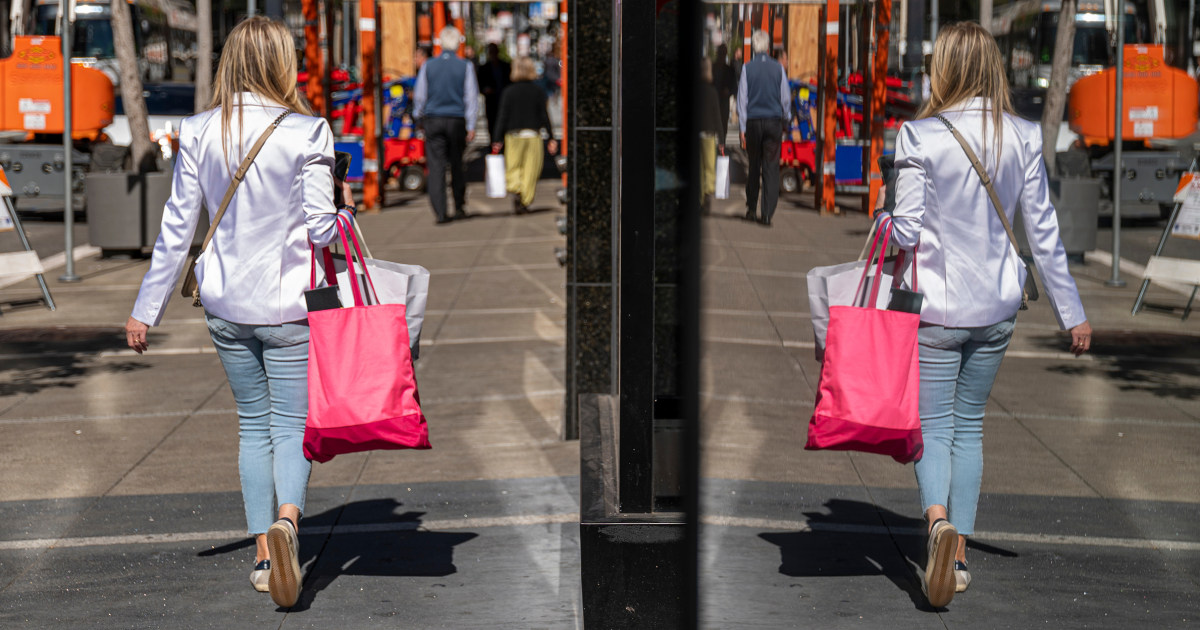The Federal Reserve on Wednesday raised interest rates for the 10th straight meeting, but signaled those increases could be made, thanks in part to jitters in the banking system.
Federal Reserve Chairman Jerome Powell has said a pullback in bank lending will have the effect of slowing an economy that the central bank was already trying to cool down, as part of a broader effort to curb high inflation.
The central bank expects banks to be more conservative in lending to homes and businesses after the failures of three of the country’s 30 largest banks — Silicon Valley Bank, Signature Bank and First Republic Bank — in the past two months.
«In principle, we won’t have to raise rates as much as we would have had this not happened,» Powell told reporters on Wednesday after raising interest rates by 0.25%, to a target range of 5. 00% and 5.25%.
Powell added that the Fed «may not be very far, even if possible» from the level at which it doesn’t have to raise rates any further.
First Republic Bank, which fell into the hands of the government and JPMorgan Chase early Monday morning, underscored ongoing concerns in the banking industry about more corporate failures.
On Wednesday afternoon, Bloomberg reported that Los Angeles-based PacWest Bancorp is considering “strategic options,” including a sale.
What this means for consumers and businesses
Powell said there is no quantifiable measure of the impact of banking sector concerns. But Wall Street firms say a substantial pullback in bank lending could be equivalent to a few more rate hikes.
Deutsche Bank Research noted earlier on Wednesday that a sizeable contraction in commercial and industrial bank lending could be the same as a 0.50% or 0.75% increase in the Federal Reserve’s target rate.
Since March 2022, the Fed has been raising interest rates to control high inflation. Those actions led to substantial increases in mortgage rates, auto loan rates and small business loan rates as part of a broader effort by the Federal Reserve to slow lending and, by extension, spending.
The process has had some success; the annual rate of inflation peaked at 9% in June 2022, but registered 5% in March of this year. But the Fed, with an inflation target of 2%, says it needs to keep rates at least high to finish the job.
Although helpful to the Fed’s mission to reduce inflation, the tremors in the banking system add the risk of financial instability to an already uncertain economic outlook.
“Risks to credit conditions will naturally raise questions about the recession,” Deutsche Bank wrote on April 28.
For his part, Powell said the US banking sector appears «solid and resilient.» When asked about the chances of a recession, Powell said he was optimistic.
«In my opinion, the case of avoiding a recession is more likely than the case of having a recession,» Powell told reporters on Wednesday.

